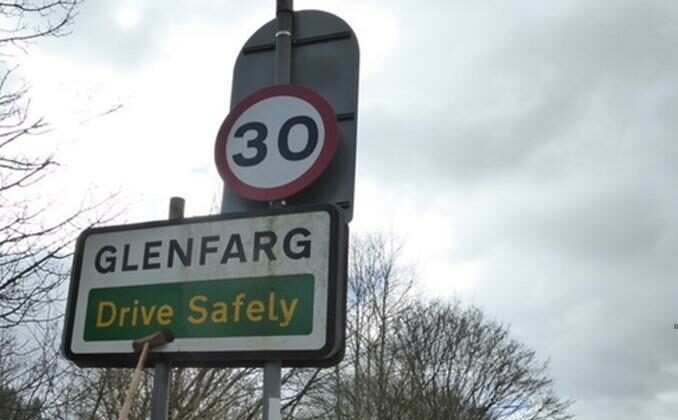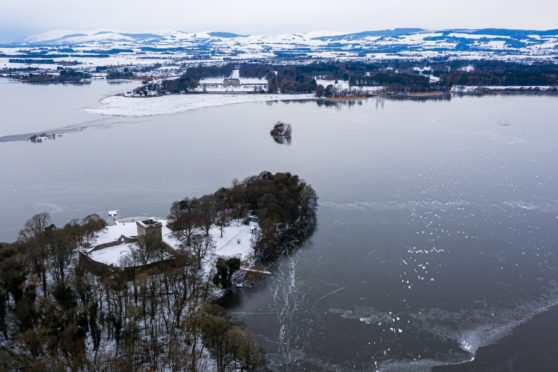A radical idea has been unveiled to use Loch Leven as an energy source to fuel a district heating system.
Water would be extracted from the picturesque loch and potentially used to heat homes and public buildings in Kinross and Milnathort.
The proposal was presented to members of the Kinross-shire Local Committee.
‘Extremely exciting’ idea
The committee’s convener Willie Robertson said he had been approached by David Cairns about the idea.
The Liberal Democrat Kinross-shire councillor told the committee: “I thought it was extremely exciting.”
A district heating system distributes heat to a network of properties from a central location.
It’s very obvious as a community we have opportunities to work together to move the carbon needle.
Mr Cairns has been working with a small group called CATCH (Climate Action Through Community Heating) to explore whether it would offer a “plausible route to affordable heating for the residents of Kinross and Milnathort while reducing carbon emissions”.
He said the group CATCH formed “after a rather depressing COP26”.
Mr Cairns added: “It’s very obvious as a community we have opportunities to work together to move the carbon needle.”
‘High potential’ as energy source
He told committee members Loch Leven had “high potential” as an energy source but – as a special protection area – presented constraints too.
He said: “If we are going to look at leveraging heat from the loch, the loch as a nature reserve has very strict constraints.
“Protecting Loch Leven as a nature reserve has to be the number one priority from a nature point of view.”
‘Very expensive exercise’
Douglas Fraser of Glenfarg Community Council expressed several concerns.
He wondered about the effect on the loch and “the suitability of existing heating systems as to whether they are adaptable”.
Mr Fraser also queried the temperature of the water that would be circulating, ongoing maintenance and where funding would come from, fearing it could be a “very expensive exercise”.

He said: “I’ve had experience of working on district heating systems and generally it’s been to rip them out and replace them because of the high costs of maintaining them which has become unsustainable.”
Mr Cairns suggested the proposal could take a “useful amount of heat out of the loch” and consequently help the loch’s “algal problem”.
He said: “There are real challenges with the amount of phosphorus getting into the loch – they are aggravated by the rising temperatures of the loch.
“There is an obvious question whether if you take a useful amount of heat out of the loch that is actually something that might be beneficial for the ecosystems.”
Scheme could help meet green targets
After the meeting a spokesperson for Perth and Kinross Council said opportunities to create district heating systems is something the council will explore as part of its climate change strategy, approved in December 2021.
They added that its local development plan includes a requirement for a reduction in carbon emissions, which heat pumps could aid.
Mr Cairns told the Local Democracy Reporting Service: “We hope to progress to a credible commercial feasibility study next year.”
Sewage spill on Loch Leven path ‘normal’, argues Scottish Government











Conversation